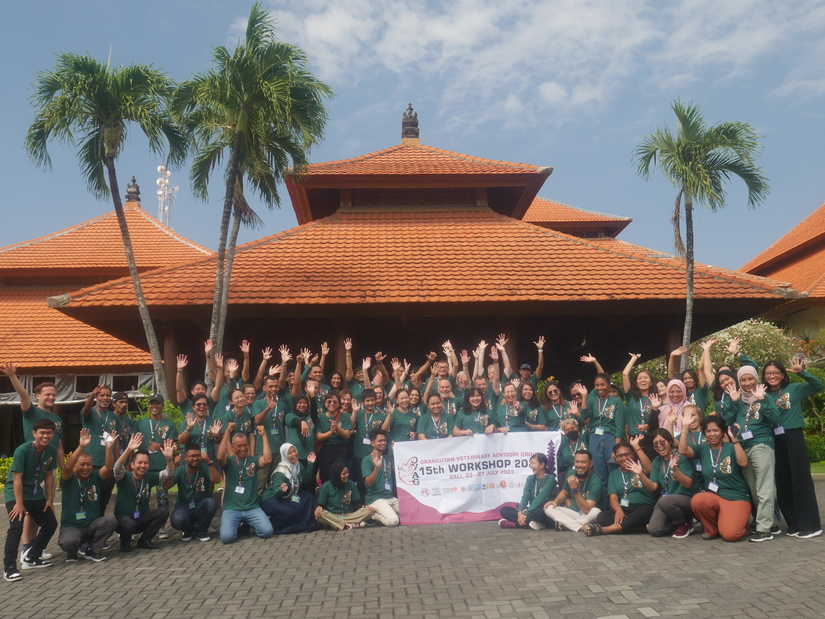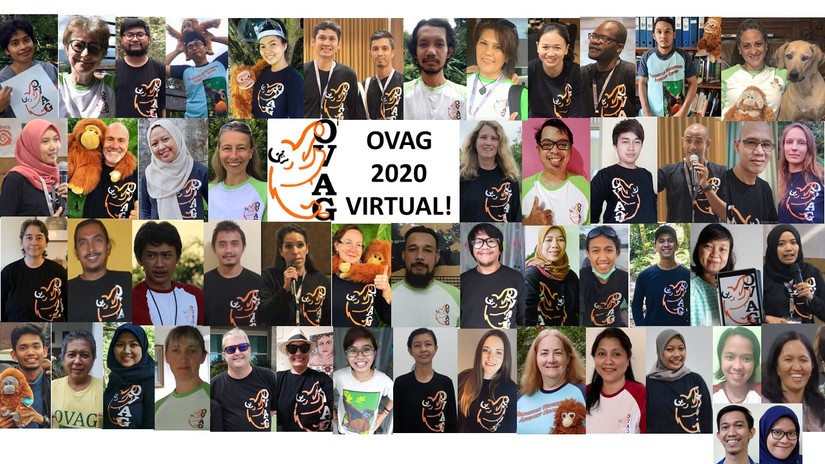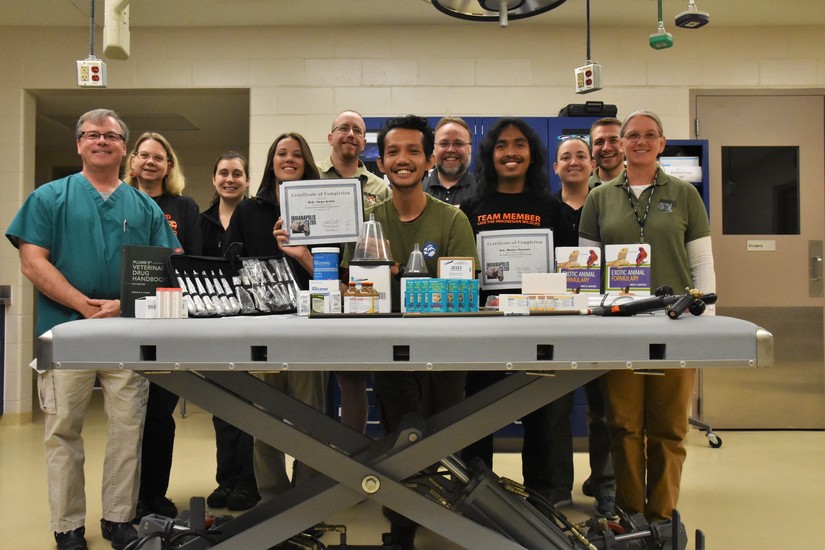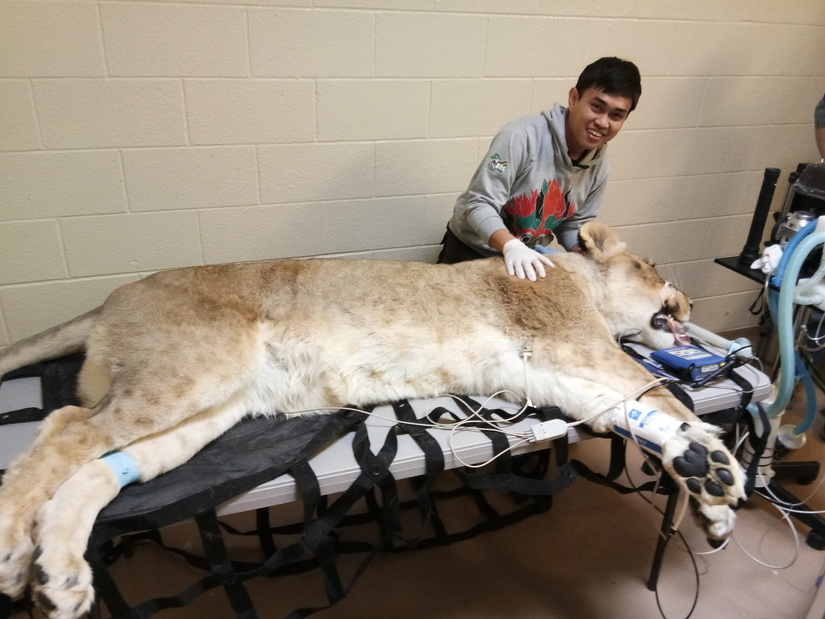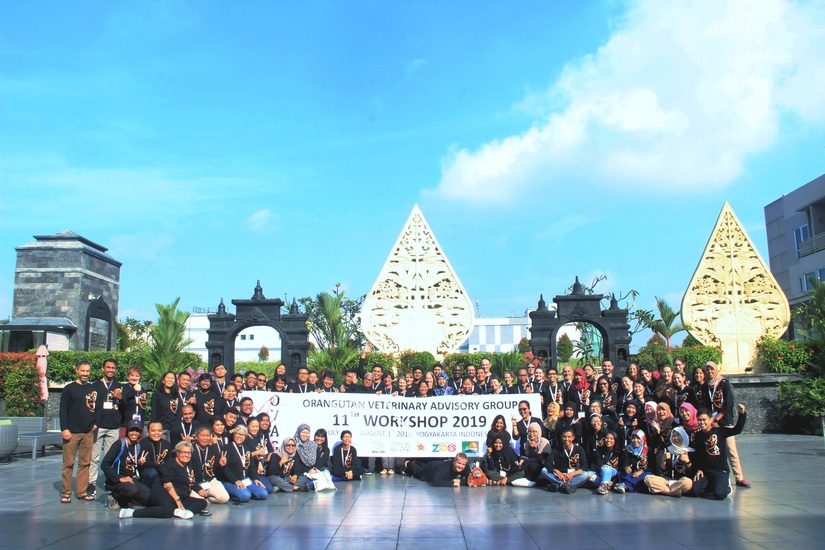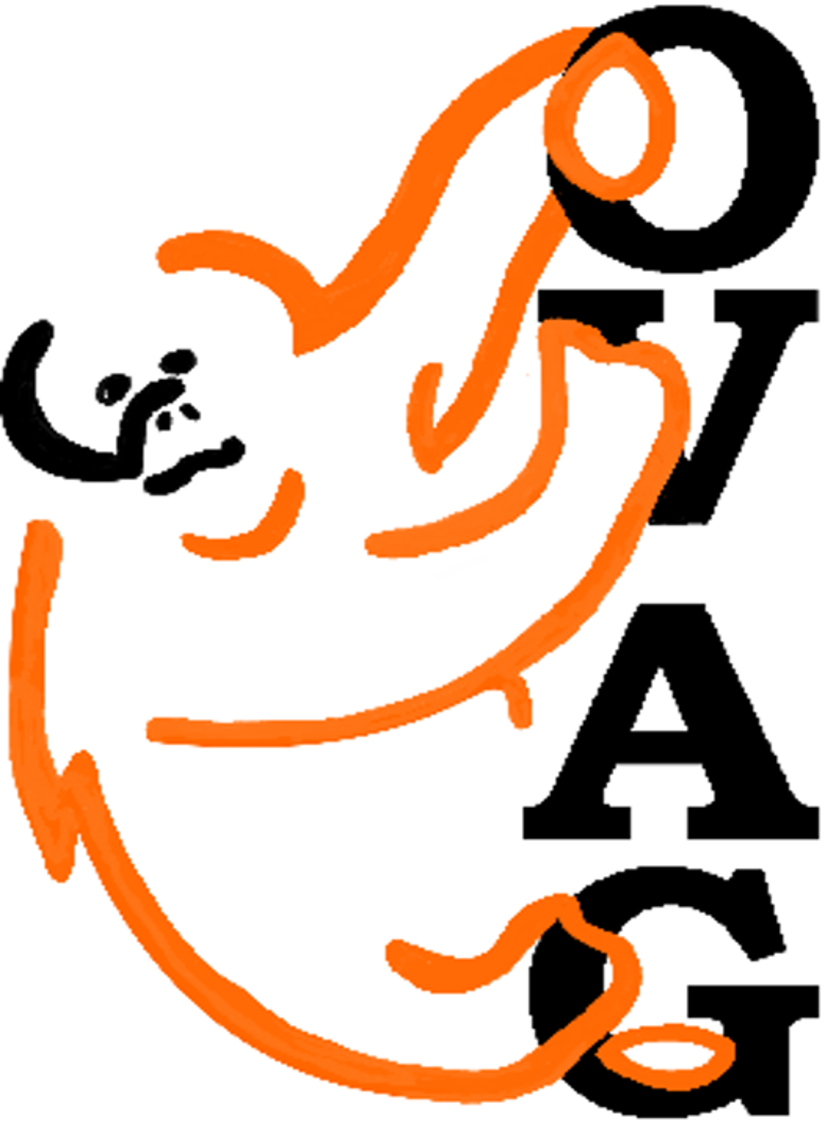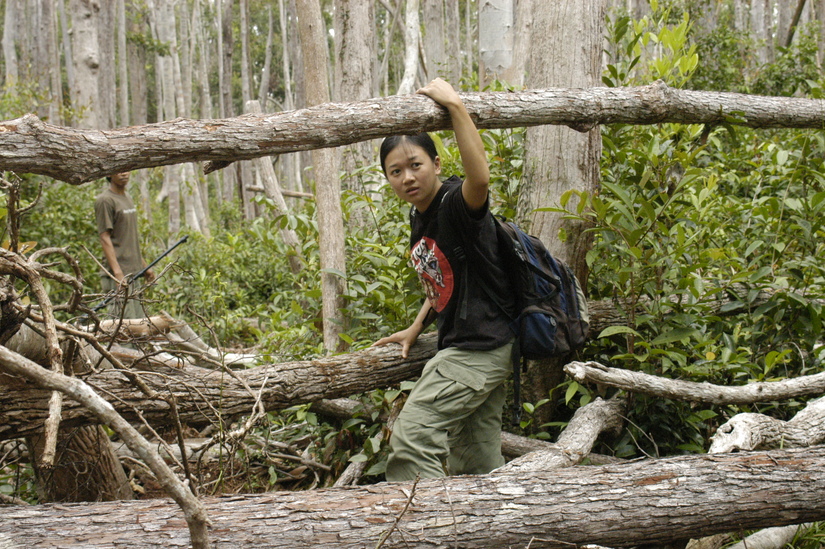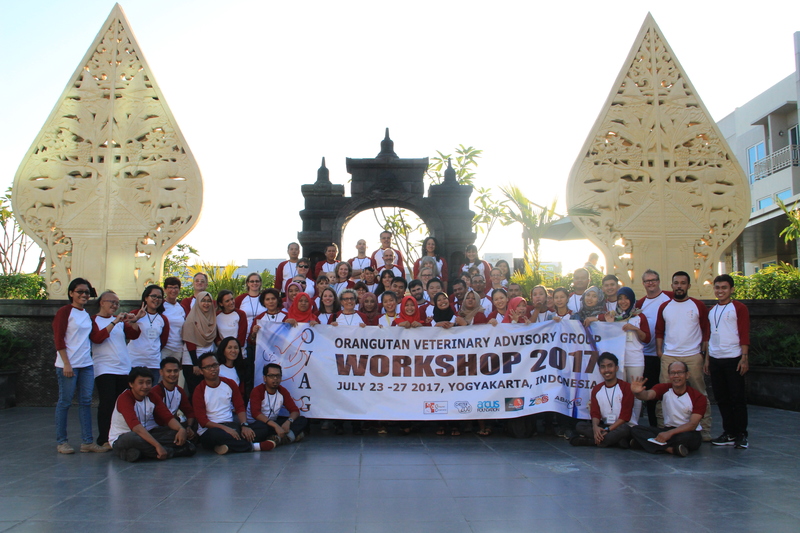Investigating the orangutan gut microbiome
By Steve Unwin
27 November 2018 |Updated: 29 November 2018
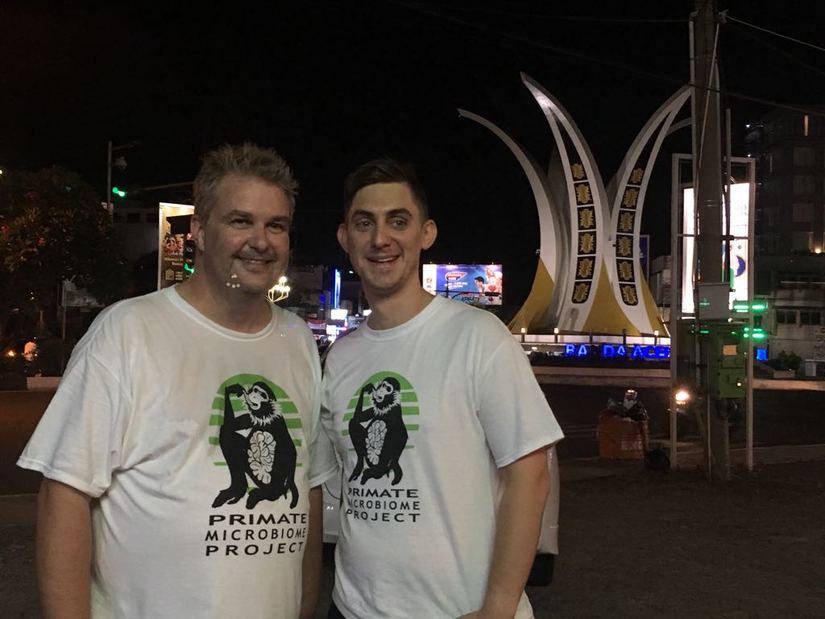
Investigating the relationship between endangered great ape gut microbiomes and gastrointestinal health: using Orangutans as an exemplar, are there implications for reintroduction to the wild?
OVAG Partner: www.primatemicrobiome.org
Anecdotal evidence from field partners suggests an increase in gastrointestinal issues during the reintroduction process of orangutans. This project will look at microbiome interactions between orangutans and humans at points of stress in a captive orangutan’s life (Confiscation and initial rehabilitation process; transportation between zoos; release back to the wild) and compare that to the wild ‘norm’. This ‘Norm’ of wild populations has also not been investigated and discovering wild populations will be an initial task of this study (for example Bornean orangutans in Sabah and Sumatran Orangutans in Leuser). We will then analyse data gathered from the following three perspectives to assist management decisions in all aspects of orangutan conservation efforts.
Because orangutans exist in captive, semi-captive, and wild settings and are re-released into the wild, there is an opportunity to examine microbial transmission and determine how resilient or susceptible the microbiome is based on lifestyle. For example, do orangutans in captivity or in sanctuaries acquire human microbes? If so, when? And, why? Do some individuals acquire more? These environments also present the opportunity to look at the effects of diet and other lifestyle factors on microbiome composition due to the infrastructure in place and daily record keeping. One lifestyle factor is antibiotic exposure, which is prevalent in both range country and non range country captive situations.
Ancillary data that could affect the microbiome will also be collated. For example, levels of obesity and susceptibility to Diabetes Type 2 have been prevalent and known about in orangutans in western zoo settings (Gresl et al 2000, Porpora and Taylor 2008). BMI, body weight, morphometrics and blood haematology and biochemistry are usually collected at times of wellness/ health examinations and these data will be useful in assessing the microbiome. As a One Health project, we are interested in looking at this issue from an integrated perspective:
Specific questions of interest using One Health principles for the current project.
Biological perspective: How is gut health affected by microbial diversity, dietary and behavioural traits? What are the effects of different habitats on the orangutan microbiome (disturbed forest vs. intact, etc)? Is the microbiome of breast vs. formula fed infants different?
Health perspective: Is gut microbial diversity species specific, and linked to a healthy gut? Is diversity a good indicator and possible driver of susceptibility to gastrointestinal pathogens?
Evolutionary perspective: Is gut microbial diversity species specific? In other words, what are the effects of host genetics vs. lifestyle factors on shaping the gut microbiome? Acquisition of human microbes in captive and semi-captive settings?
Conservation perspective: Are we introducing microbiome changes in wild populations that could lead to increased disease risk? Are we creating an antibiotic resistance issue from conservation reintroductions? Does the microbiome in captive and semi-captive orangutans differ from wild orangutans? If so, is this a bad thing? If there are differences, why is this the case (change in diet, exposure to humans, artificial circumstances, antibiotic usage, change in social structure, less opportunity to acquire microbes from other individuals).
